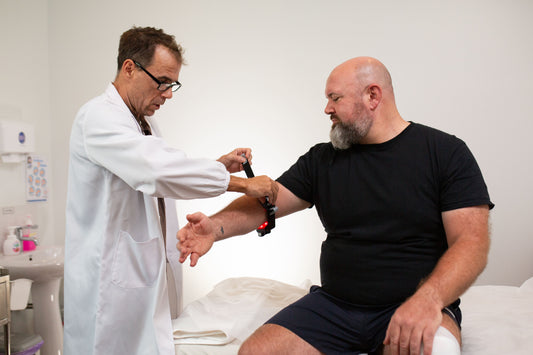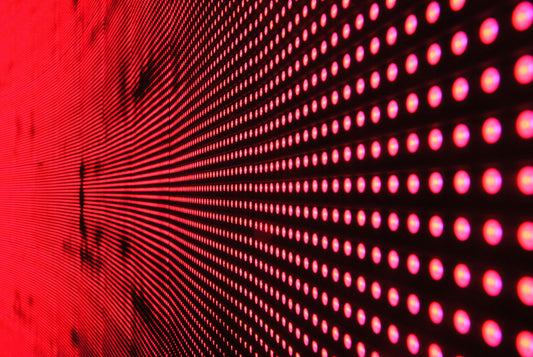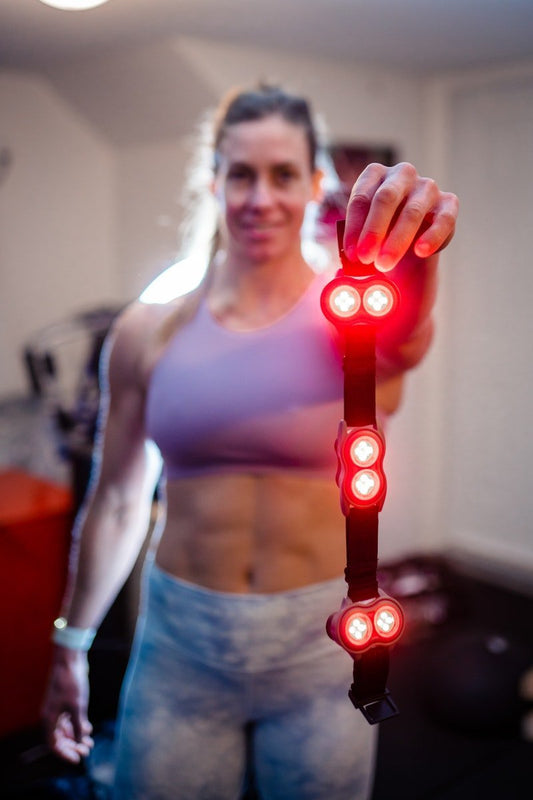Library

Red Light Therapy and Wrist Pain: A Complete Gu...
Interest in holistic wellness therapies continues to grow as more people look to deal with the root causes of their musculoskeletal complaints. As our scientific understanding of red light therapy,...
Red Light Therapy and Wrist Pain: A Complete Gu...
Interest in holistic wellness therapies continues to grow as more people look to deal with the root causes of their musculoskeletal complaints. As our scientific understanding of red light therapy,...

Combining Red Light Therapy and Regenerative Th...
Red light therapy with Regenerative Therapies Managing discomfort and injury has centered around pharmaceuticals and surgeries for decades. However, as modern research develops, new and exciting therapies backed by science...
Combining Red Light Therapy and Regenerative Th...
Red light therapy with Regenerative Therapies Managing discomfort and injury has centered around pharmaceuticals and surgeries for decades. However, as modern research develops, new and exciting therapies backed by science...

Combining Red Light Therapy With Knee Restorati...
Chronic knee pain remains a global health issue that limits mobility and reduces quality of life as symptoms continue to resist traditional treatments. The worldwide prevalence of knee osteoarthritis is...
Combining Red Light Therapy With Knee Restorati...
Chronic knee pain remains a global health issue that limits mobility and reduces quality of life as symptoms continue to resist traditional treatments. The worldwide prevalence of knee osteoarthritis is...

Combining Red Light Therapy and Blood Flow Rest...
Red light therapy (RLT) has gained widespread attention as a non-invasive recovery method to stimulate natural cellular healing processes. Blood Flow Restriction (BFR) has been shown in the scientific literature...
Combining Red Light Therapy and Blood Flow Rest...
Red light therapy (RLT) has gained widespread attention as a non-invasive recovery method to stimulate natural cellular healing processes. Blood Flow Restriction (BFR) has been shown in the scientific literature...

LED vs Laser Light Therapy
Several light-induced photochemical reactions occur in our biological systems. Red light therapy, also known as photobiomodulation applies specific light wavelengths to the body to stimulate natural biological processes within the...
LED vs Laser Light Therapy
Several light-induced photochemical reactions occur in our biological systems. Red light therapy, also known as photobiomodulation applies specific light wavelengths to the body to stimulate natural biological processes within the...

Pulsed vs Continuous Red Light Therapy: Is Puls...
Red light therapy has quickly become a hot topic in the health and wellness industry. Within the field of red light therapy, the differences and applications of pulsed vs. continuous light...
Pulsed vs Continuous Red Light Therapy: Is Puls...
Red light therapy has quickly become a hot topic in the health and wellness industry. Within the field of red light therapy, the differences and applications of pulsed vs. continuous light...
